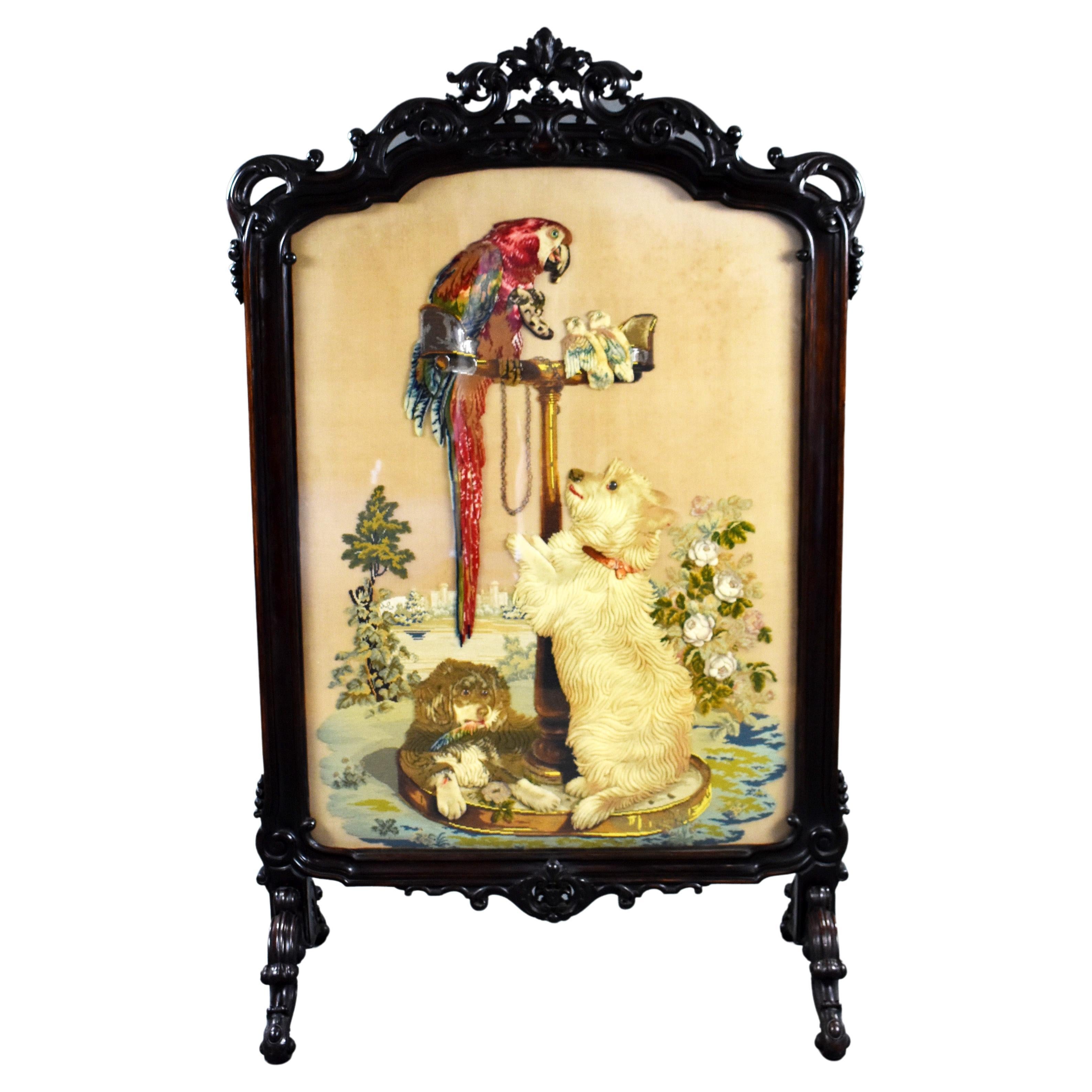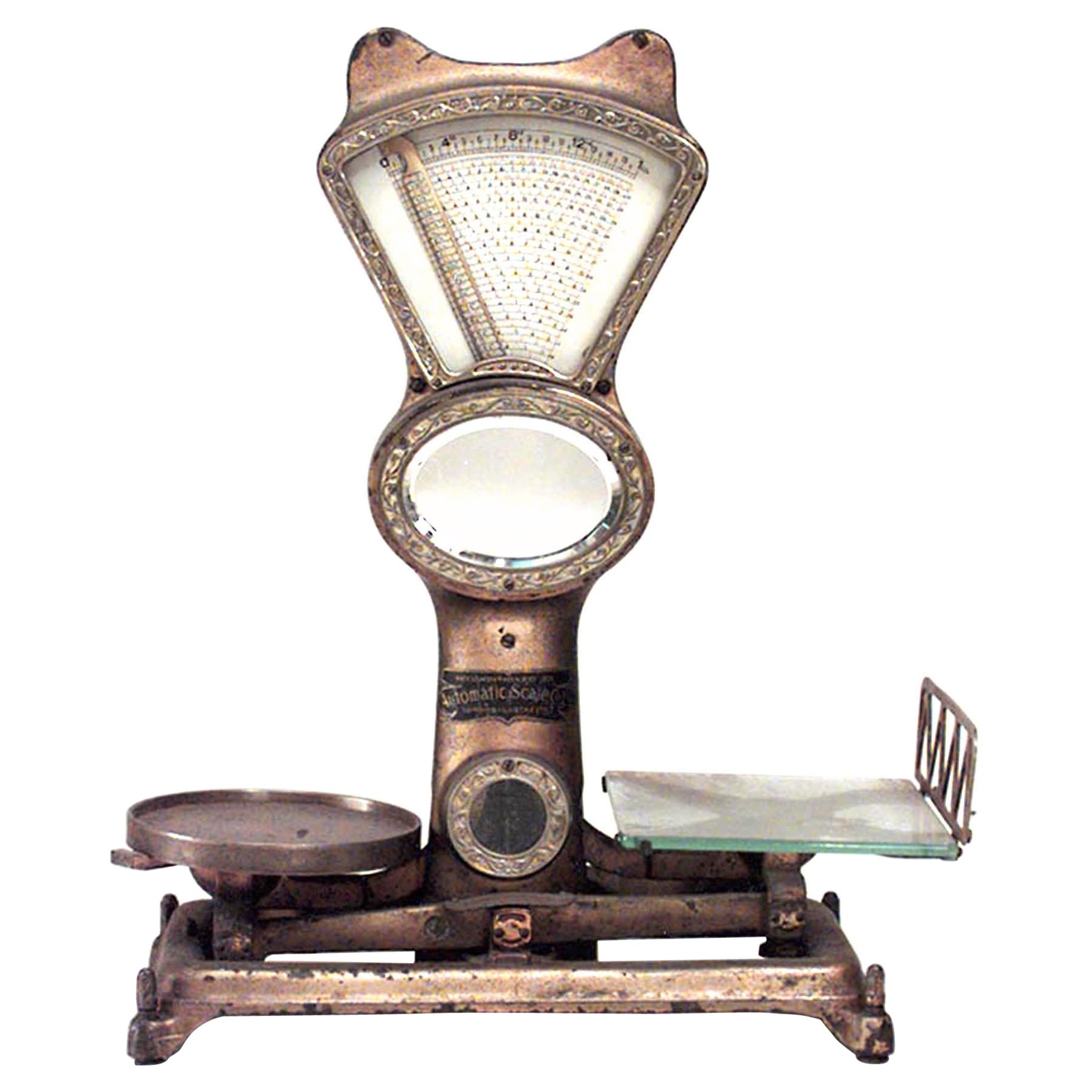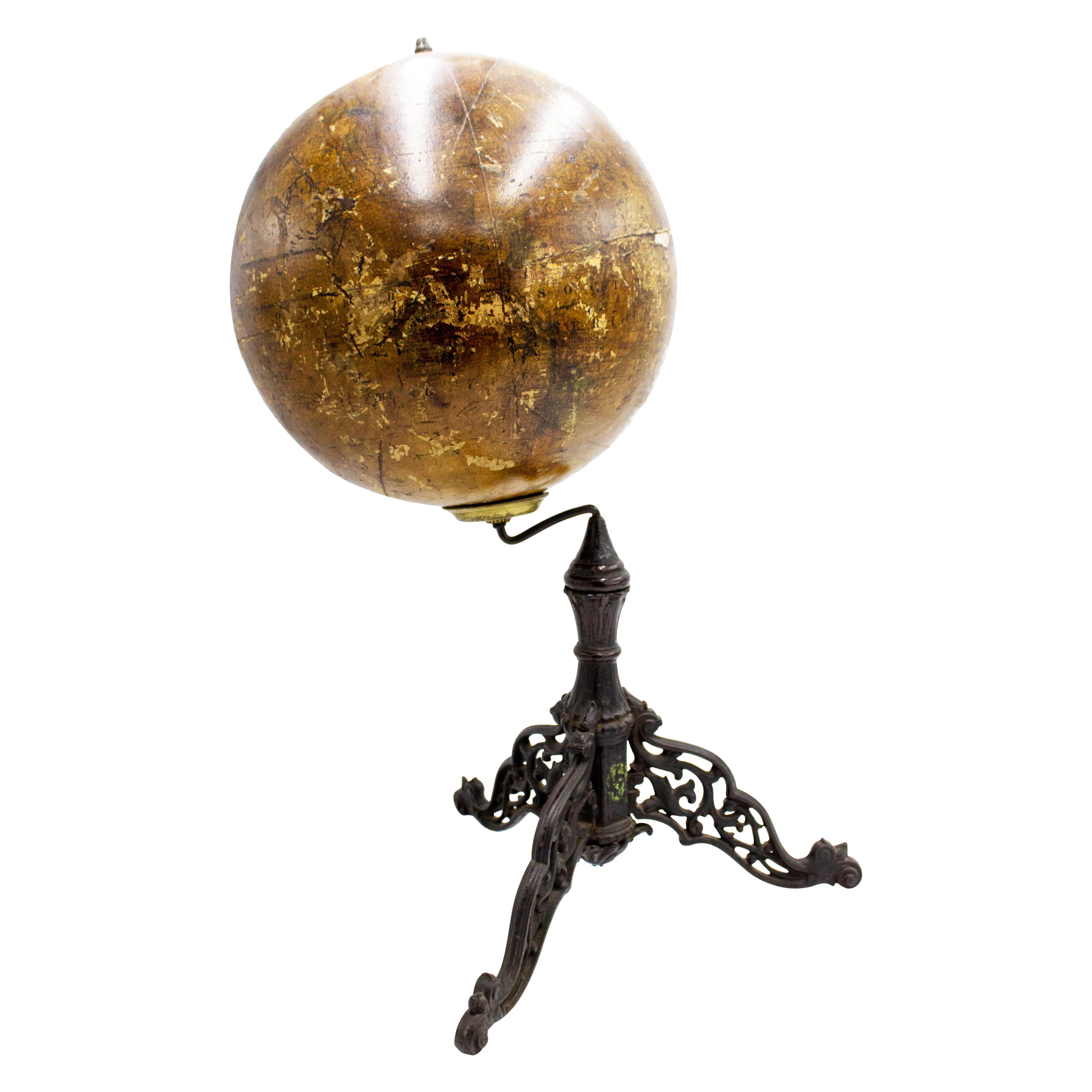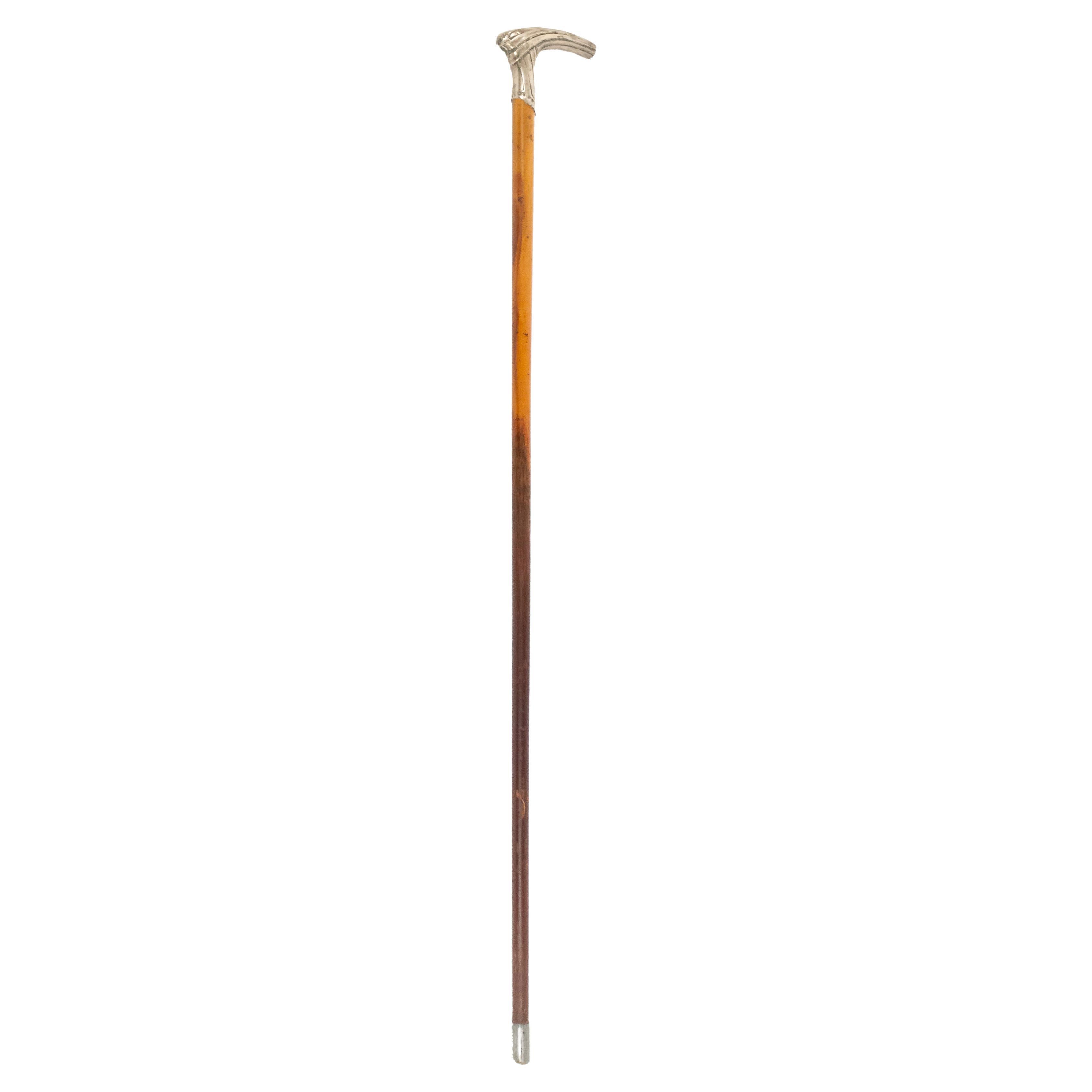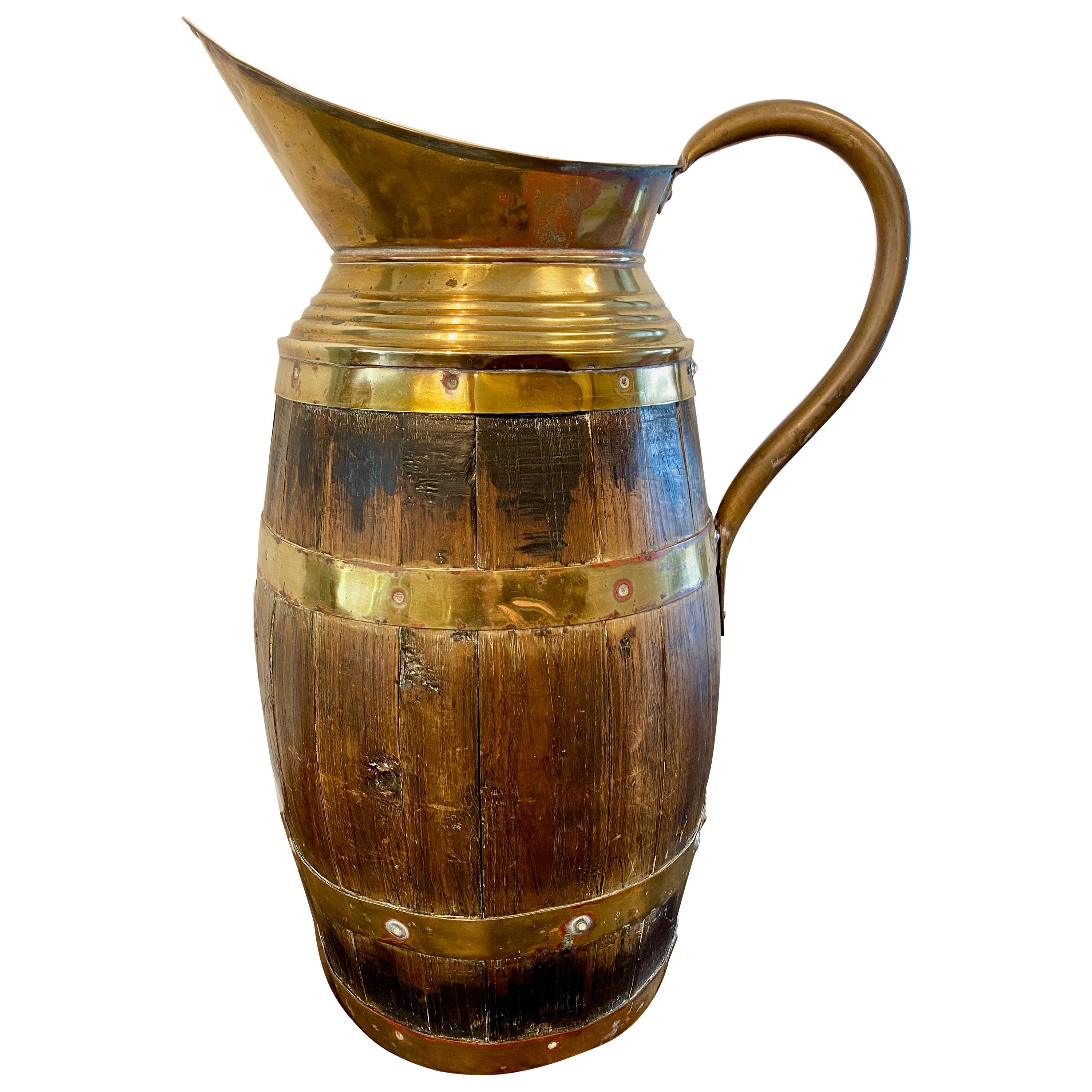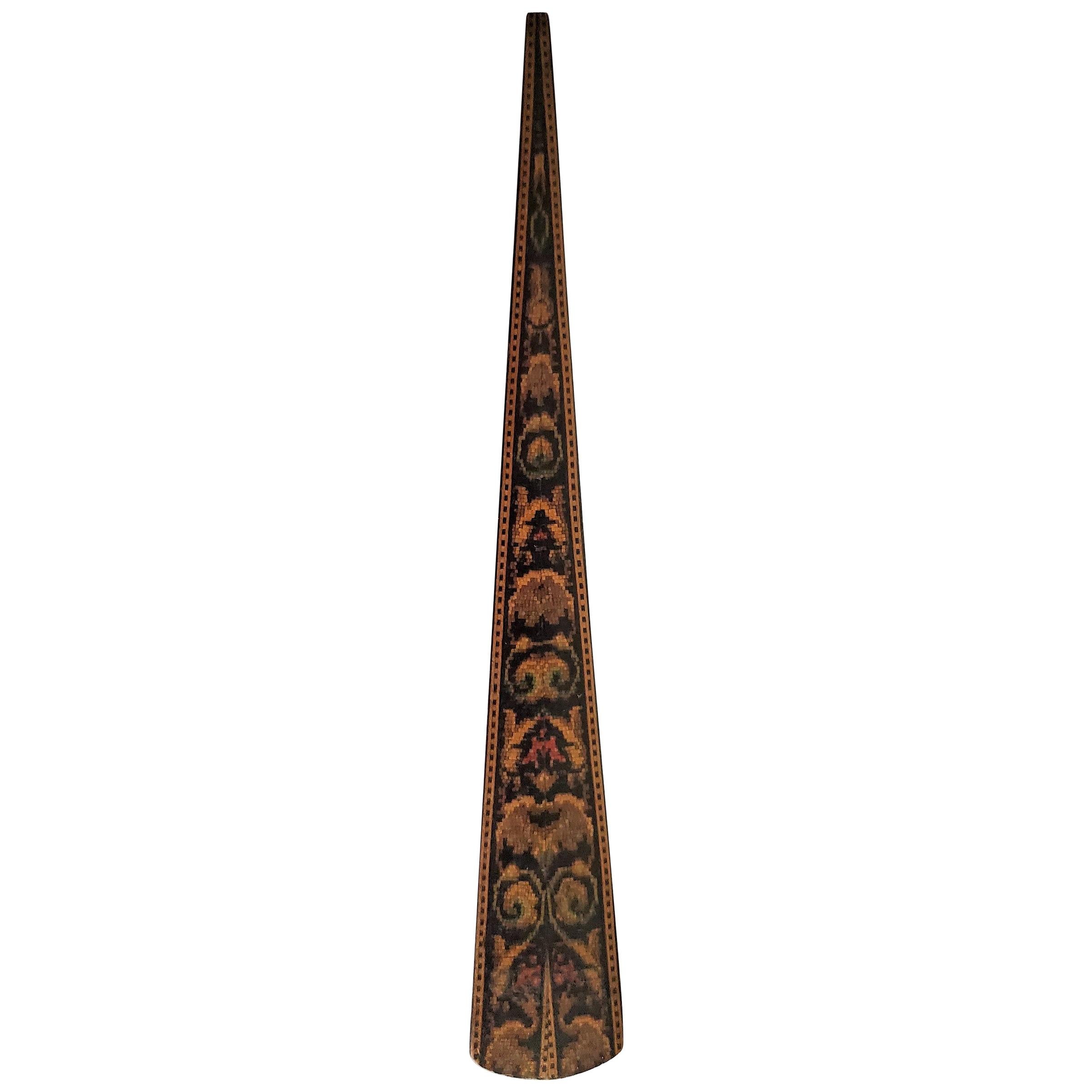Items Similar to Large English 19th Century Victorian Drapers Scissors or Shears
Want more images or videos?
Request additional images or videos from the seller
1 of 11
Large English 19th Century Victorian Drapers Scissors or Shears
About the Item
Huge heavy Industrial pair of tailoring scissors, made for stacy 4, in perfect working condition and great for ornamental use.
Maker’s mark; Stacy 4, London.
- Dimensions:Height: 3.15 in (8 cm)Width: 4.73 in (12 cm)Depth: 15.75 in (40 cm)
- Style:Victorian (Of the Period)
- Materials and Techniques:
- Place of Origin:
- Period:
- Date of Manufacture:circa 1880
- Condition:Wear consistent with age and use. rusty patine, but still razor sharp.
- Seller Location:Haarlem, NL
- Reference Number:1stDibs: LU104045845533
About the Seller
4.9
Platinum Seller
These expertly vetted sellers are 1stDibs' most experienced sellers and are rated highest by our customers.
1stDibs seller since 2014
326 sales on 1stDibs
Typical response time: 2 hours
- ShippingRetrieving quote...Ships From: Haarlem, Netherlands
- Return PolicyA return for this item may be initiated within 7 days of delivery.
More From This SellerView All
- Set of Ten 19th Century English Victorian Brass Chimney Good Luck Shoes or BootsLocated in Haarlem, NLFour sets and two single pieces of English Victorian brass chimney ornaments or "good luck" shoes. What a lovely collection of shiny shoes don't you think? Let me tell you a little bit about them, during the Victorian period in England, it was fashionable to have a pair of "good luck" brass shoes on your mantel (fireplace), they would been given to you as a wedding gift. Two sets were definitely match stick holders...Category
Antique Mid-19th Century British Victorian Models and Miniatures
MaterialsBrass
- Two 19th Century English Walnut Carved Victorian Dachshund Wiener Dog InkwellsLocated in Haarlem, NLSet of two very cute original 19th century carved wooden Victorian era wiener dogs or dachshund inkwells. The bigger one, which is a dachshund head, has a hinged lid that opens to r...Category
Antique Late 19th Century English Victorian Inkwells
MaterialsBrass
- 19th Century Victorian Brass Nautilus Shell Shaped Coal Scuttle or PurdoniumLocated in Haarlem, NLLovely example of the Victorians design at its best. A rare nautilus or shell shaped coal scuttle or purdonium. Purdonium was a trade name for a type of coal-box or coal-scuttle th...Category
Antique Mid-19th Century English Victorian Fireplace Tools and Chimney Pots
MaterialsBrass
- 19th Century English Victorian Oval Black Painted Papier Mâché Tilt-Top TableLocated in Haarlem, NLEnglish papier Mâché oval table with beautiful shimmering mother of pearl shell inlay. Decorated with hand painted flowers and gold paint decorations, like a lot of these kind of t...Category
Antique Late 19th Century British Victorian Dessert Tables and Tilt-top ...
MaterialsWood, Paper
- 19th C. Set of English Victorian Cast Brass Pointer Dog Profile DoorstoppersLocated in Haarlem, NLA wonderful set of two Victorian heavy cast brass sitting English Pointer dogs. Depicted 'en profile' facing towards or from each other. They were originally made as doorstoppers, but also very useful as large bookends...Category
Antique Late 19th Century British Victorian Animal Sculptures
MaterialsBrass
- Set of Nine 19th C English Victorian Treen Ware Boxwood Medicine Bottle HoldersLocated in Haarlem, NLA set of nine 19th century Victorian treen turned boxwood medicine bottle holders. These containers were used for protecting delicate items such as glass apothecary bottles, perfume bottles, syringes, powder, ointment bottles, thermometers and other medical or vanity items. In two of the containers are glass bottles. Measurements: Large 18.5cm high, 8.5cm diameter, empty Large 18cm high, 8cm diameter, empty Medium 14.5cm high, 5.5cm diameter, glass bottle without stopper (wood chipped) Medium 13cm high, 6cm diameter, empty (crack in wood) Medium 12cm high, 5cm diameter, perfumed oil in glass bottle Medium 11cm high, 5cm diameter, empty Small 10cm high, 4cm diameter, talcum powder...Category
Antique Mid-19th Century British Victorian Scientific Instruments
MaterialsGlass, Boxwood
You May Also Like
- 19th Century English Victorian Rosewood Fire ScreenLocated in Chelmsford, EssexFor sale is a fine and rare large Victorian rosewood screen, having an ornately carved top, above embroidery, depicting a dog jumping up at a parrot on a perch, with two other small birds on the perch beside it another dog lies on the base of the perch, on the left, holding a feather in its mouth, its paw on a sealed letter after Landseer. 1851. The parrots stand...Category
Antique Mid-19th Century English Victorian Screens and Room Dividers
MaterialsRosewood
- 19th Century English Victorian Brass Merchants ScaleLocated in New York, NYEnglish Victorian brass merchants scale with square glass tray, round brass tray, and inset oval mirror.Category
Antique Late 19th Century British Victorian Scientific Instruments
MaterialsBrass
- Late 19th Century English Victorian World GlobeLocated in New York, NYEnglish Victorian globe of the world on wrought iron filigree 3 legged base.Category
Antique Late 19th Century British Victorian Globes
MaterialsIron
- 19th Century English Victorian Wood and Silver CaneLocated in New York, NYEnglish Victorian light wood cane with silver fluted design handle with hallmarks at base.Category
Antique Late 19th Century Victorian Sports Equipment and Memorabilia
MaterialsSilver
- English Victorian Brass Coopered Oak Barrel, Late 19th CenturyLocated in CHEnglish Late Victorian brass coopered oak coal barrel with brass handle and spout, late 19th century.Category
Antique 1890s English Late Victorian Umbrella Stands
MaterialsBrass
- Rare 19th Century English Tunbridgeware Hair Pin or SlideLocated in Dallas, TXPresenting an absolutely gorgeous and extremely unique and rare 19th century British Tunbridgeware hair pin/bobbin or slide. This slide is unlike any of it’s kind we have seen before…. it is a very rare survivor ! From circa 1860–1880. Made of walnut with gorgeous marquetry inlay on the entirety of the front with classic Tunbridgeware micro-mosaic all over the front. The rear is walnut. The marquetry inlay appears to be various different woods, namely, maple, walnut and satinwood. Would have been worn in a Lady’s hair bun with the micro-mosaic facing forward. This would have belonged to a very elegant lady in the mid to late 19th century. Tunbridge ware is a form of decoratively inlaid woodwork, typically in the form of boxes, that is characteristic of Tonbridge and the spa town of Royal Tunbridge Wells in Kent in the 18th and 19th centuries. The decoration typically consists of a mosaic of many very small pieces of different coloured woods that form a pictorial vignette. Shaped rods and slivers of wood were first carefully glued together, then cut into many thin slices of identical pictorial veneer with a fine saw. Elaborately striped and feathered bandings for framing were pre-formed in a similar fashion. There is a collection of Tunbridge ware in the Tunbridge Wells Museum and Art Gallery in Tunbridge Wells. The famous makers of Tunbridge ware were in the Tunbridge Wells area of Kent; their most notable work was from circa 1830-1900. Early makers of Tunbridge ware, in Tunbridge Wells in the mid-18th century, were the Burrows family, and Fenner and Co. In the 19th century, around 1830, James Burrows invented a technique of creating mosaics from wooden tesserae. Henry Hollamby, apprenticed to the Burrows family, set up on his own in 1842 and became an important manufacturer of Tunbridge ware, employing about 40 people. Edmund Nye (1797–1863) and his father took over the Fenner company when William Fenner retired in 1840, after 30 years in partnership with him. Thomas Barton (1819–1903), previously apprenticed at the Wise factory, joined the Nyes in 1836, and worked as Nye’s designer; he took over the business in 1863 and continued there until his death. In Tonbridge (near to Tunbridge Wells), George Wise (1703–1779) is known to have had a business in 1746. It continued with his son Thomas, and Thomas’s nephew George (1779–1869), who took over in 1806. In its early years the company made articles such as workboxes and tea caddies with prints of popular views; later items had pictures created from mosaics. Their workshop in Tonbridge, Wise’s Tunbridge Ware Manufactory, was next to the Big Bridge over the Medway; the building was demolished in 1886 to widen the approach to the bridge. Tunbridge ware became popular with visitors to the spa town of Tunbridge Wells, who bought them as souvenirs and gifts. Articles included cribbage boards, paperweights, writing slopes, snuffboxes and glove boxes. At the Great Exhibition of 1851, Tunbridge ware by Edmund Nye, Robert Russell and Henry Hollamby was shown; Edmund Nye received a commendation from the judges for his work. He exhibited a table depicting a mosaic of a ship at sea; 110,800 tesserae were used in making the picture. The manufacturers of Tunbridge ware were cottage industries, and they were no more than nine in Tunbridge Wells and one in Tonbridge. The number declined in the 1880s; competent craftsmen were hard to find, and public tastes changed. After the death of Thomas Barton in 1903 the only surviving firm was Boyce, Brown and Kemp, which closed in 1927. Marquetry was an old technique which was continued by Nye and Barton to create images such as birds or butterflies. ‘Green Oak’ as caused by the fungus Chlorociboria aeruginascens. Stickware and half-square mosaic was invented by James Burrows in about 1830: a bunch of wooden sticks of different colours, each having triangular or diamond-shaped cross section, were tightly glued together; in the case of stickware, the resulting block was dried, then turned to form an article such as the base of a pincushion. For half-square mosaic, thin slices were taken from the composite block, and applied to a surface.[1][2][4] Tesselated mosaic, was a development by James Burrows of half-square mosaic; it was adopted by George Wise and Edmund Nye. Minute tesserae were used to form a wide variety of geometric and pictorial designs. Many sorts of wood were used for the various colours; about 40 were in regular use. Only natural colors were used; green was provided by “green oak”, produced by the action of fungus on fallen oak. Designs for articles were often taken from designs of Berlin wool work.Category
Antique Late 19th Century English High Victorian Collectible Jewelry
MaterialsSatinwood, Walnut
Recently Viewed
View AllMore Ways To Browse
Antique Makers Mark
Antique Makers Marks
Industrial Pair
19th Century Large Desk
Industrial Antique Desk
Antique Industrial Desk
Industrial Desk Antique Furniture
Draper Pair
Large Victorian Desk
Huge Desk
Antique Scissors
Used Shears
Antique Shears and Scissors
Industrial Draper
Desk Scissors
Huge Antique Desk
Antique Shears
Mid Century Modern Desk Adnet
